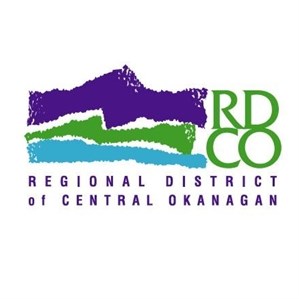
Image Credit: Facebook
May 04, 2014 - 2:46 PM
Families here are joining with others across the country to prepare themselves to survive on their own, during the first 72 hours of any emergency.
Everyone is encouraged to visit the Central Okanagan Emergency Program website www.cordemegency.ca to subscribe to receive email notices during any local emergency whenever updated information is released by the Emergency Operation Centre. You’ll also find links to help you and your family prepare an emergency plan to face any type of large scale emergency or disaster.
In addition to the local online emergency information source, cell phones, tablets and other forms of technology can be useful during a major emergency. These technological tools can become vital in helping you and your family, get in touch and stay informed.
Here are some tips on the use of technology in an emergency:
- If possible, use non-voice channels like text messaging, email or social media. These use less bandwidth than voice communications and may work even when phone service doesn’t.
- If you must use a phone, keep your conversation brief and convey only vital information to emergency personnel and/or family. This will also conserve your phone’s battery.
- Unable to complete a call? Wait 10 seconds before redialing to help reduce network congestion. Note, cordless phones rely on electricity and will not work during a power outage. If you have a landline, keep at least one corded phone in your home.
- Keep extra batteries or a charger for your mobile device in your emergency kit. Consider getting a solar-powered, crank, or vehicle phone charger. If you don’t have a cell phone, keep a prepaid phone card in your emergency kit.
- Keep your contacts up to date on your phone, email and other channels. This will make it easier to reach important contacts, such as friends, family, neighbours, child’s school, or insurance agent.
- If you have a smartphone, save your safe meeting location(s) on its mapping application.
- Conserve your smartphone’s battery by reducing the screen’s brightness, placing your phone in airplane mode, and closing apps you are not using. You never know how long a power outage will last!
During any emergency, monitor local media for the latest information and updates or visit the Regional Emergency Program website www.cordemegency.ca.
That’s where you’ll find links to the wealth of emergency planning information available through the provincial Emergency Management BC and federal GetPrepared.ca programs.
A selection of emergency preparedness pamphlets is available at the Regional District of Central Okanagan office (1450 KLO Road in Kelowna) and the main Kelowna Fire Hall (2255 Enterprise Way).
News from © iNFOnews, 2014